A 'mud pie' is made in preparation for a creeping violet in an antique bottle. Some tips are contained on how I increased my chance of success. Further details below.
Firstly, hello, again, everyone. The season is warming up here in the Southern Hemisphere and so I can go out and enjoy myself in the backyard garden again. In the same way that I got into the habit of doing last year, I hope to make more of these posts keeping a chronicle of some of my activities.
I was given an antique bottle. The person who gave it to me called it a demijohn. I had been talking about making a closed terrarium, and they had something that should suit the purpose.
But before you see the demijohn, first things first. I make a 'mud pie'. That's my pet name for mixing soil in two buckets and aiming for a rough compostion.
I began with a small amount of a rough compost mix to add some small air pockets in the soil and also help with moisture retention.

I cleared away some of the weeds next to the fenceline. It seems a small loquat tree has sprung up here. I'll leave that. What I want is the soil next to it, though. It has a very high clay content, which will also help with moisture retention in my final soil mix, as well as helping roots.
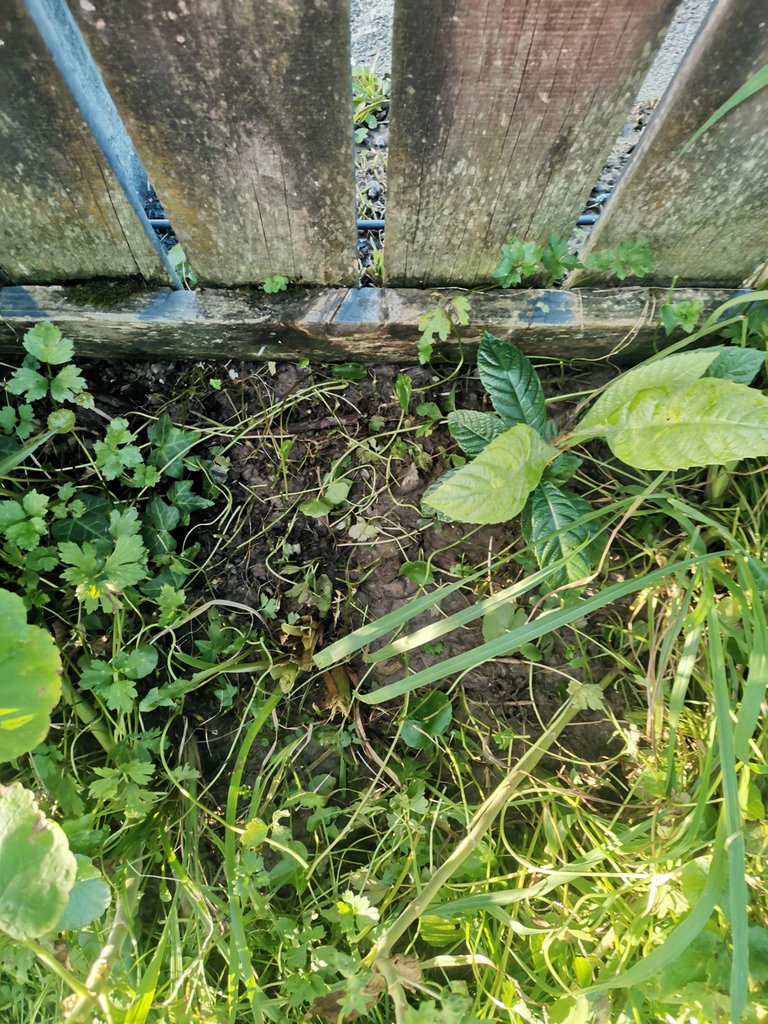
Here are my small handfuls of clay into the bucket. Roughly the same amount as the compost.
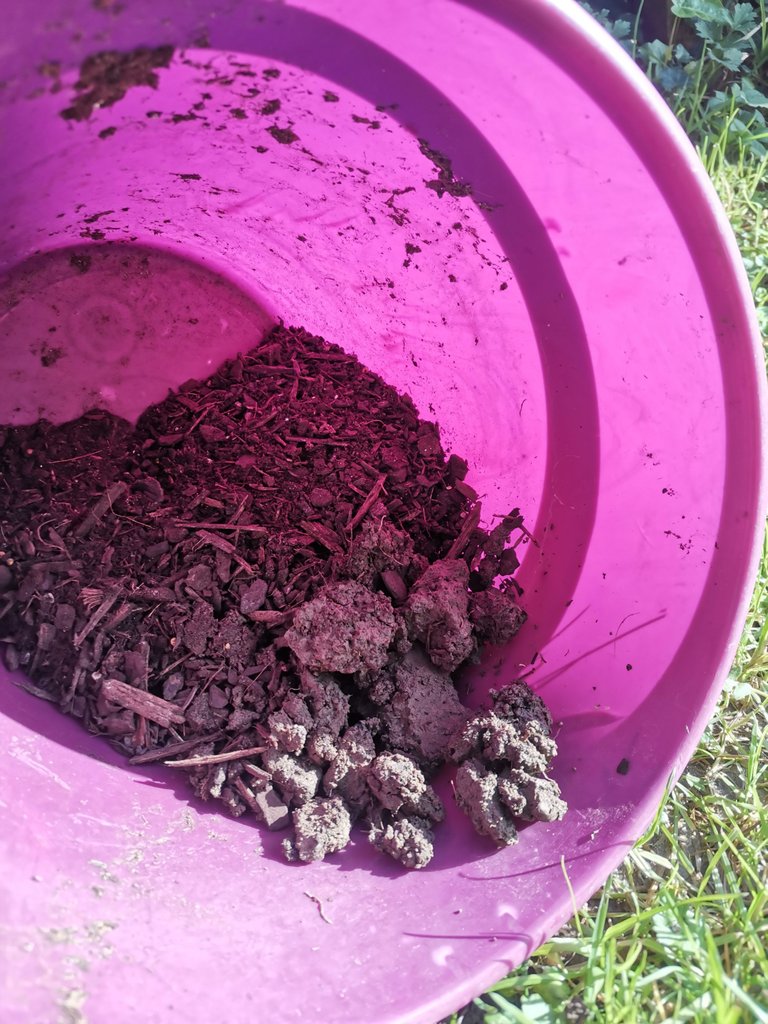
I add sand equal to the amount of clay and compost, and then fill the bucket up with rich mucky potting mix. I mix from bucket to bucket with the trowel.
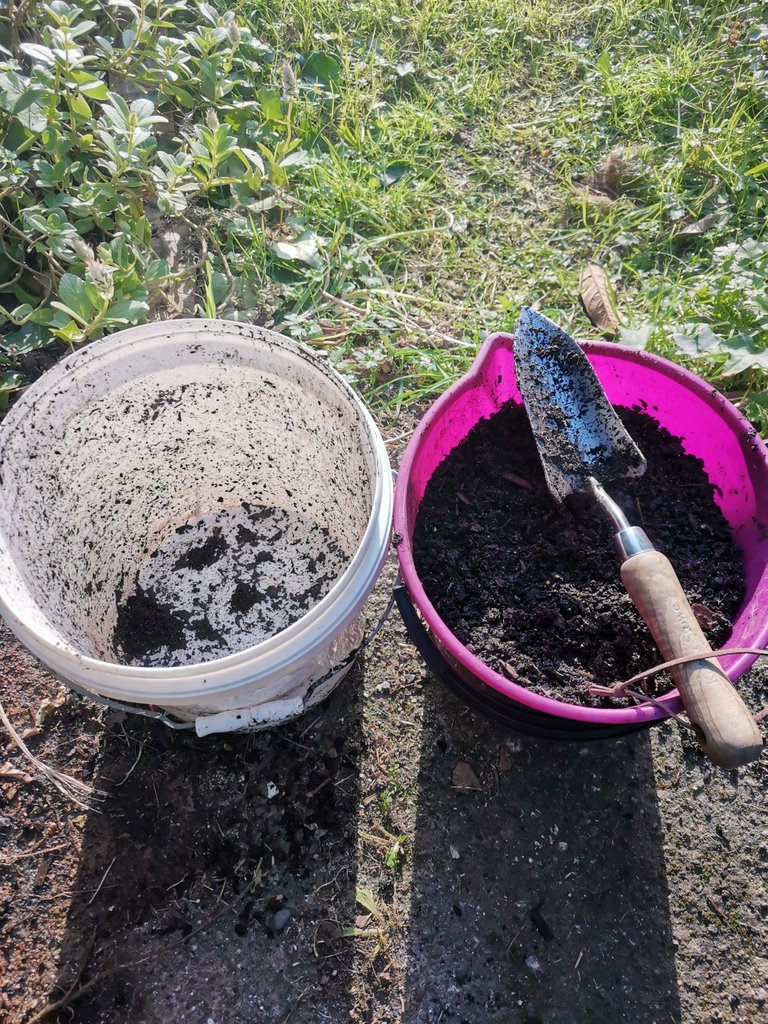
The final mix will be left to stand overnight so that the moisture penetrates evenly and excess sinks to the bottom.
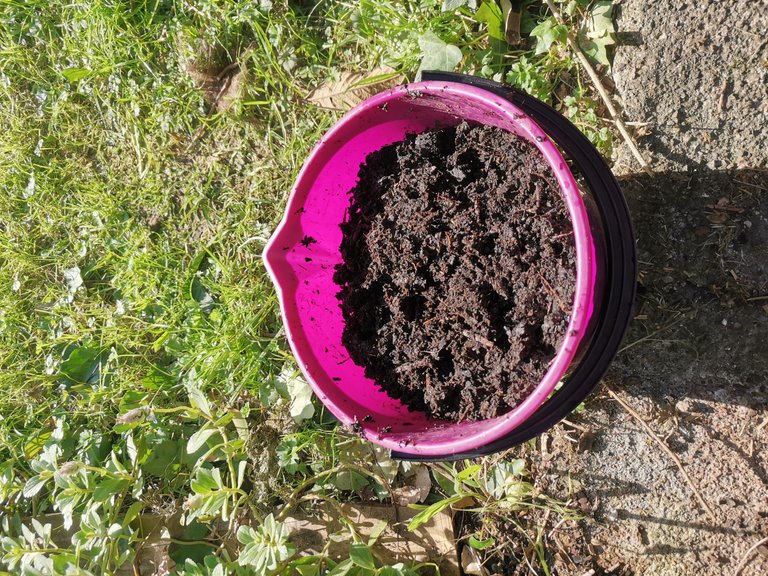
After much anticipation, here is the demijohn. A coffee cup stands next to it for size reference. I happen to have an old brass-coated tray that I may sit it on. I'm not sure.
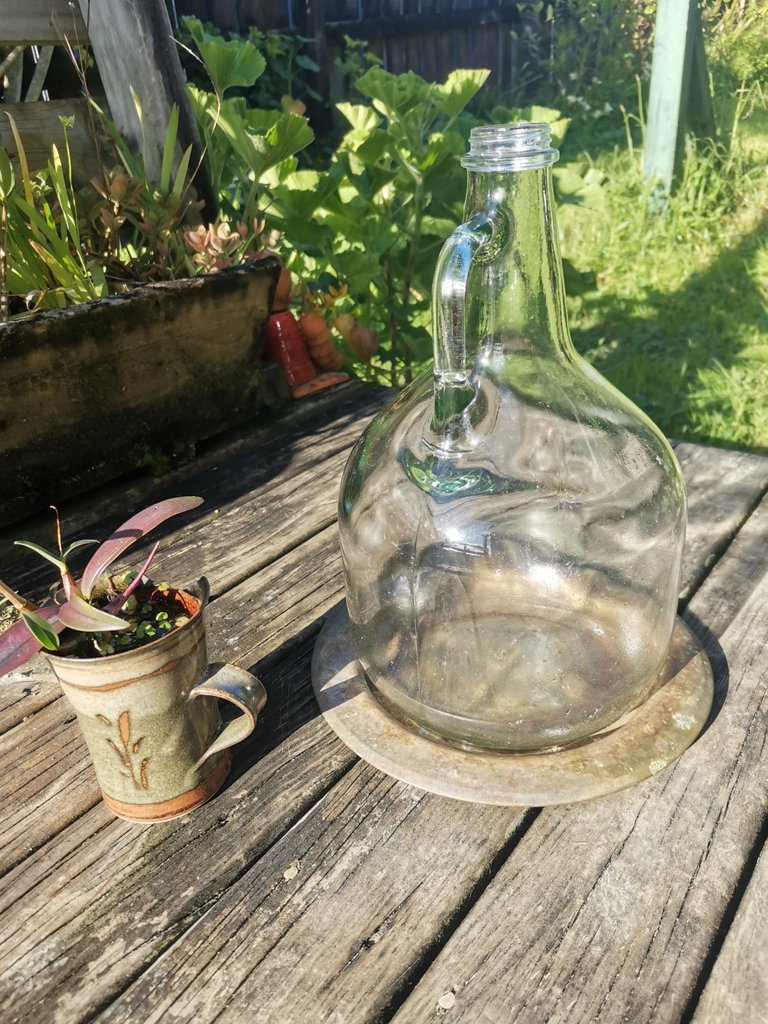
I break up some rocks with a hammer. I got the rock from a sea cliff over a year ago. The majority of the salt that could have been on it should have washed off. I break up the soft rock with a hammer. I hope any trace salinity might even help to combat mold and fungus.
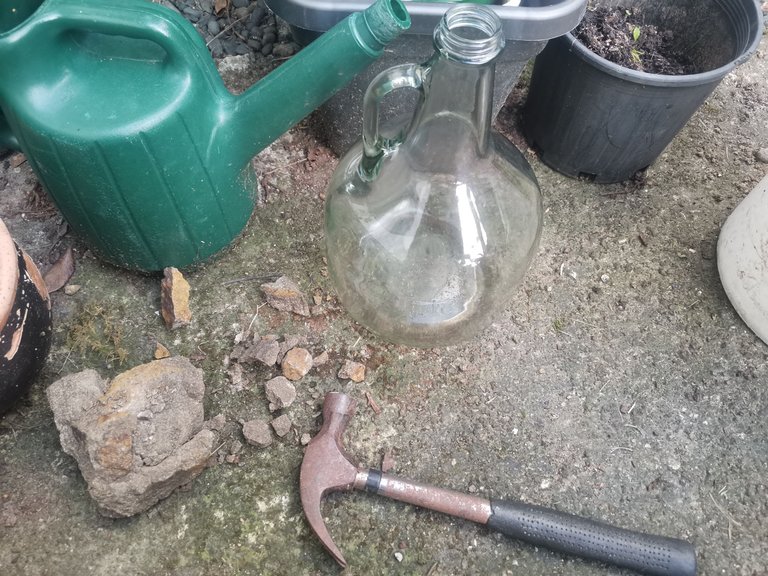
I fill the base of the demijohn with rocks. This is to give the roots an area to penetrate which has space, which helps to avoid rotting.
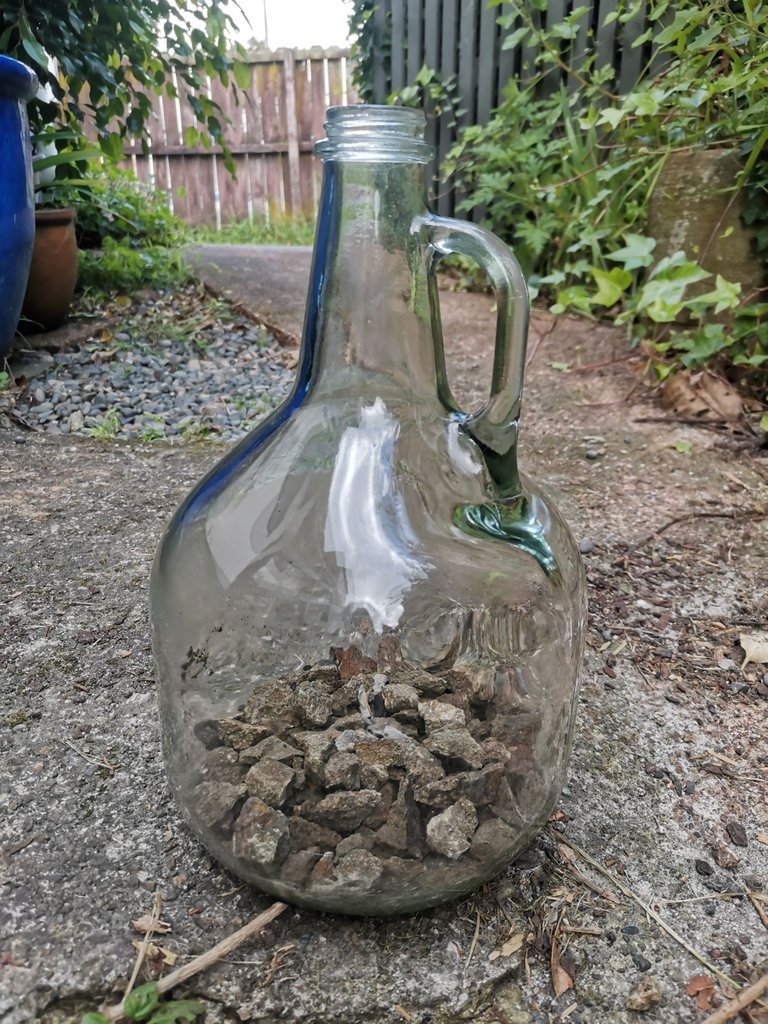
Some charcoal from my brazier. In the end I don't use the funnel at all for either the charcoal or the soil - it has a tapered end and keeps getting blocked - I just use my hand. The charcoal helps with filtration and to combat rot and fungus. I try to keep it to the centre so it gets buried.
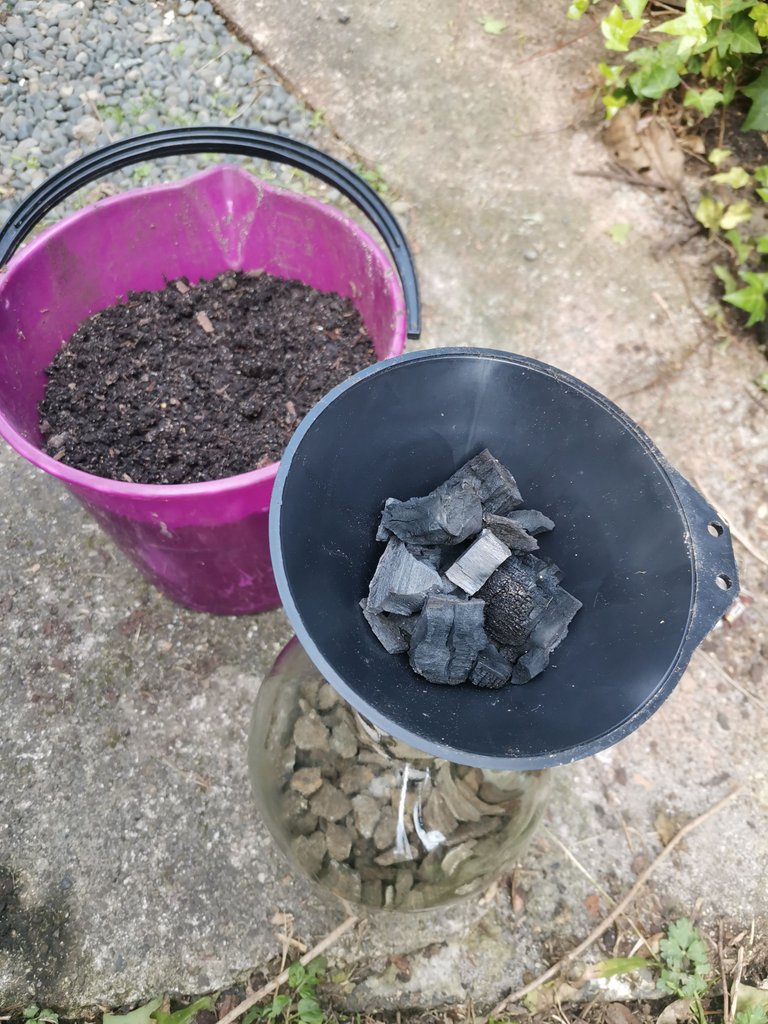
I fill with the soil mix and test the demijohn in the spot where I hope it will live for a time. I'll have to clean up around it so it stands out a bit better. I have to make sure it's somewhere where the cat won't knock it over. She's already tried once.
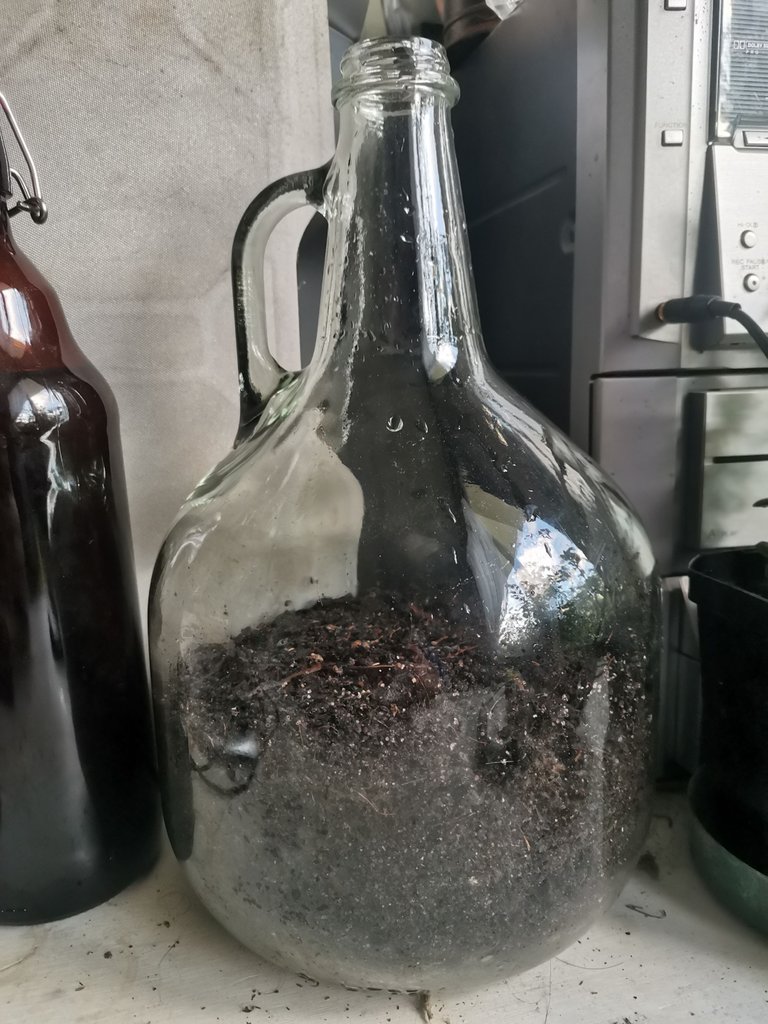
Here is the creeping violet of uncertain species that I hope will grow in my closed terrarium. It grew at a house where we used to live, and I have been keeping it alive for over a decade (in an upside-down road cone would you believe). I made a small cone out of degradable material so that I can press the roots into the soil.
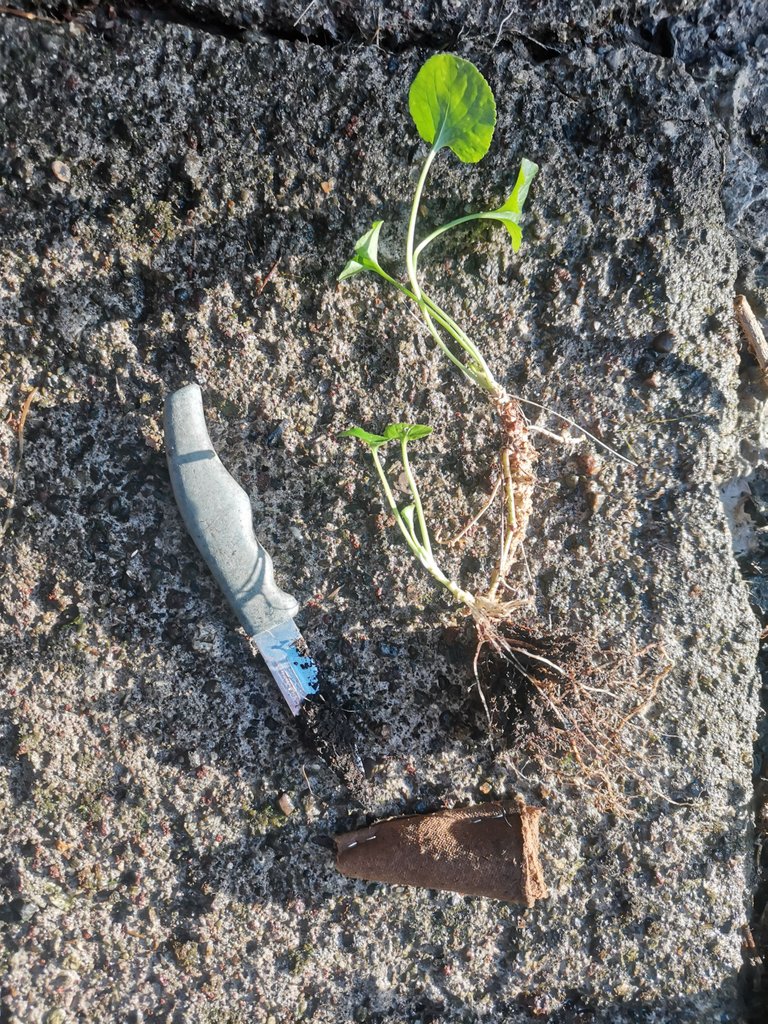
The violet is in its small cone. You can see the stick I will use to guide it down the neck.
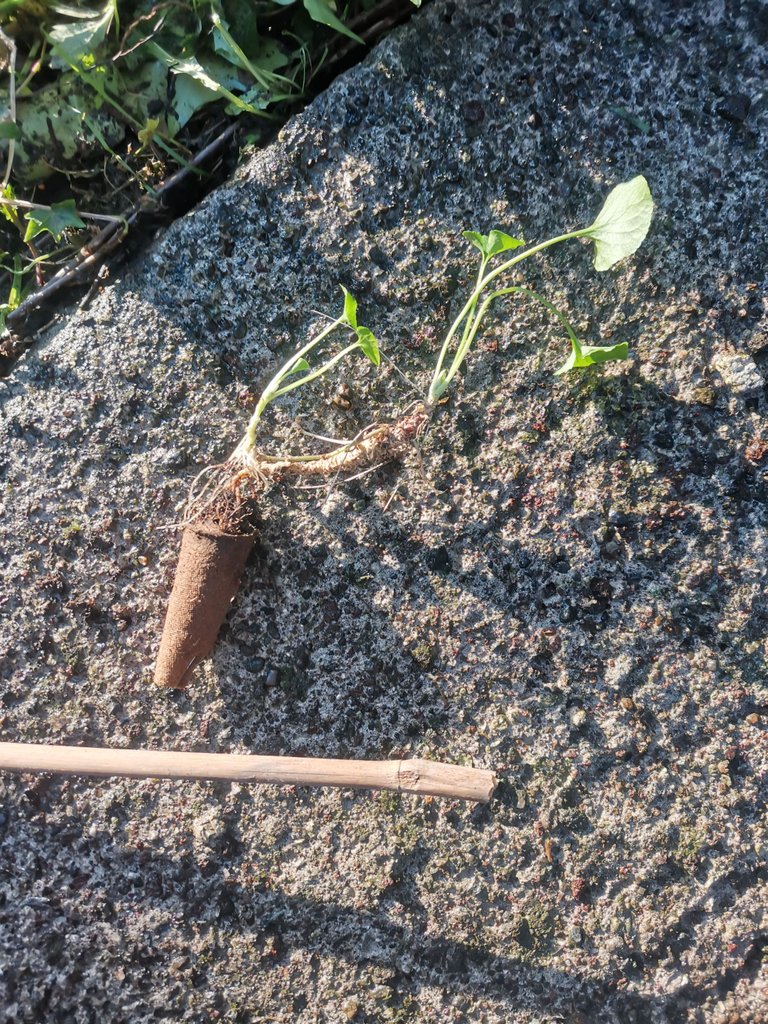
Here is the violet in the demijohn. Although it looks a bit pressed into the edge, I am in fact very happy with how I got the roots, and I think I might have some success. I give it an immediate initial watering with a fine nozzle attached to a bottle.
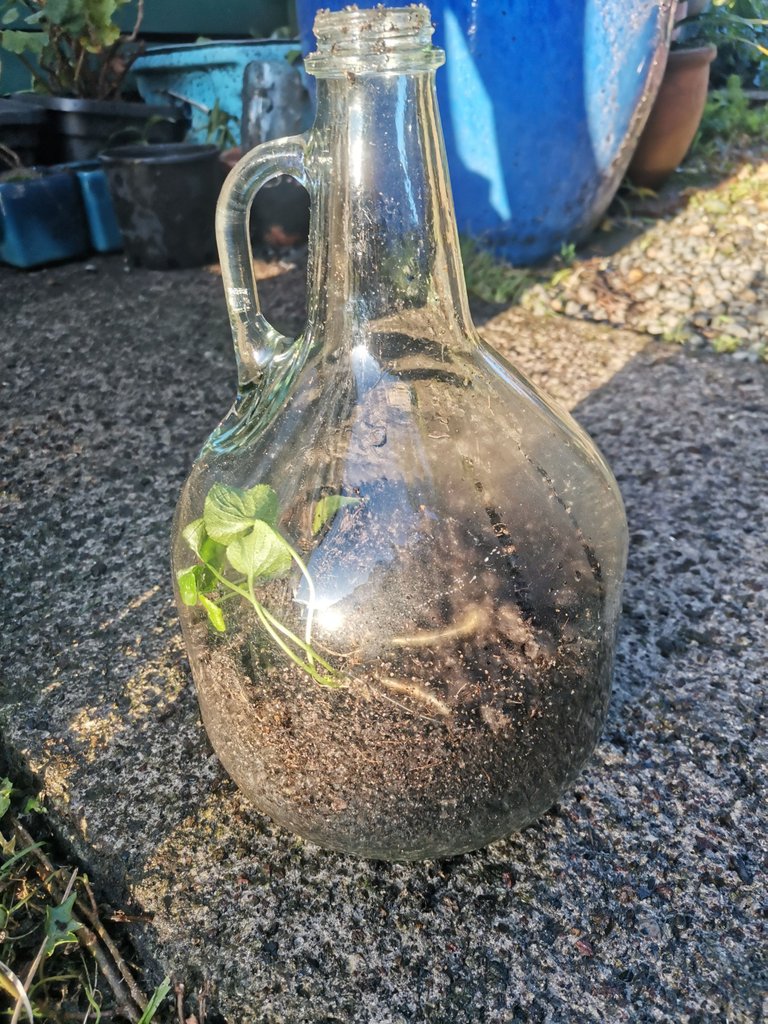
Here it is in place. I will water it very sparingly, as it will dry slowly with the narrow neck. It get very minimal light here, but enough for a violet I hope. And I can look at it while I work on my computer.
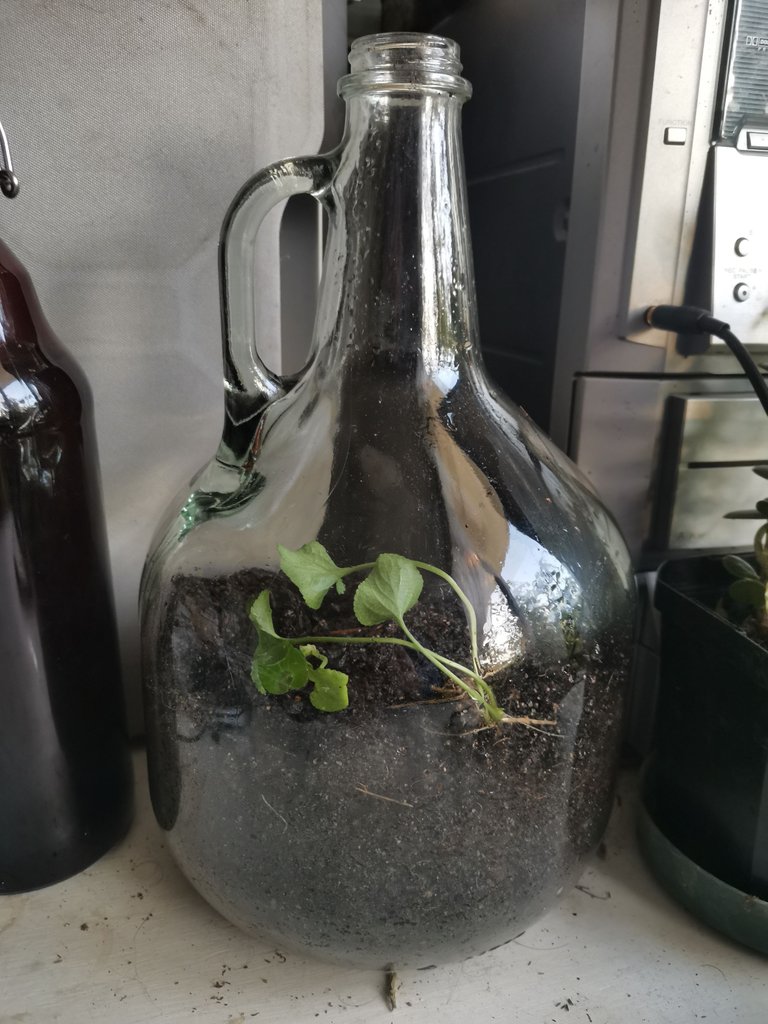
That's it for today. More to come on gardening, and also on bonsai, as it's approaching the time of year when my small trees need more attention, but also show more results. All the best. Until next time.


